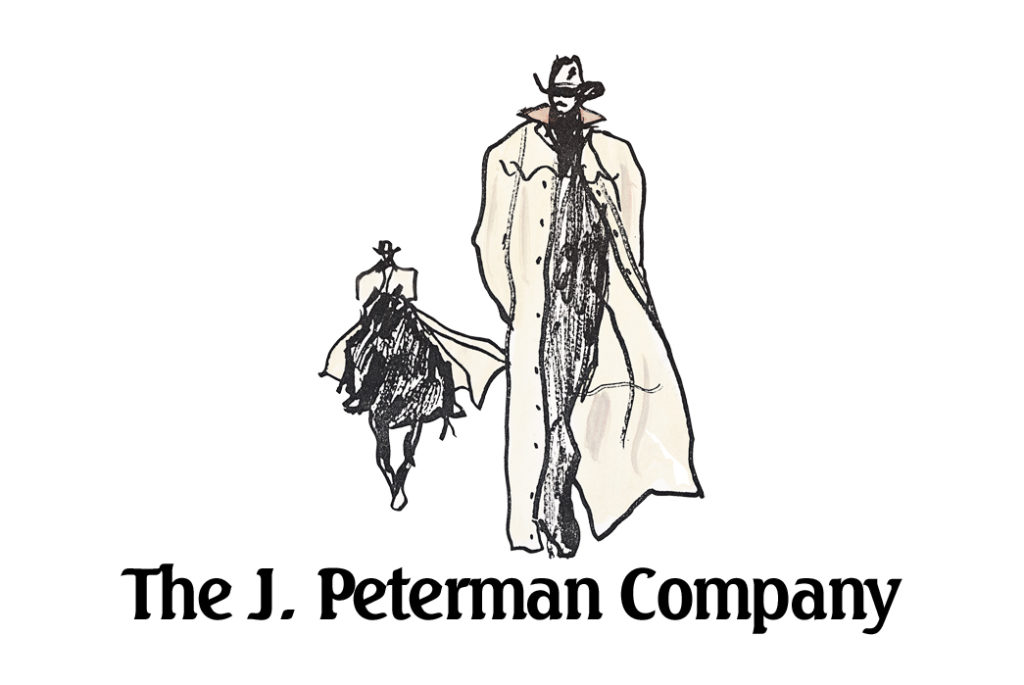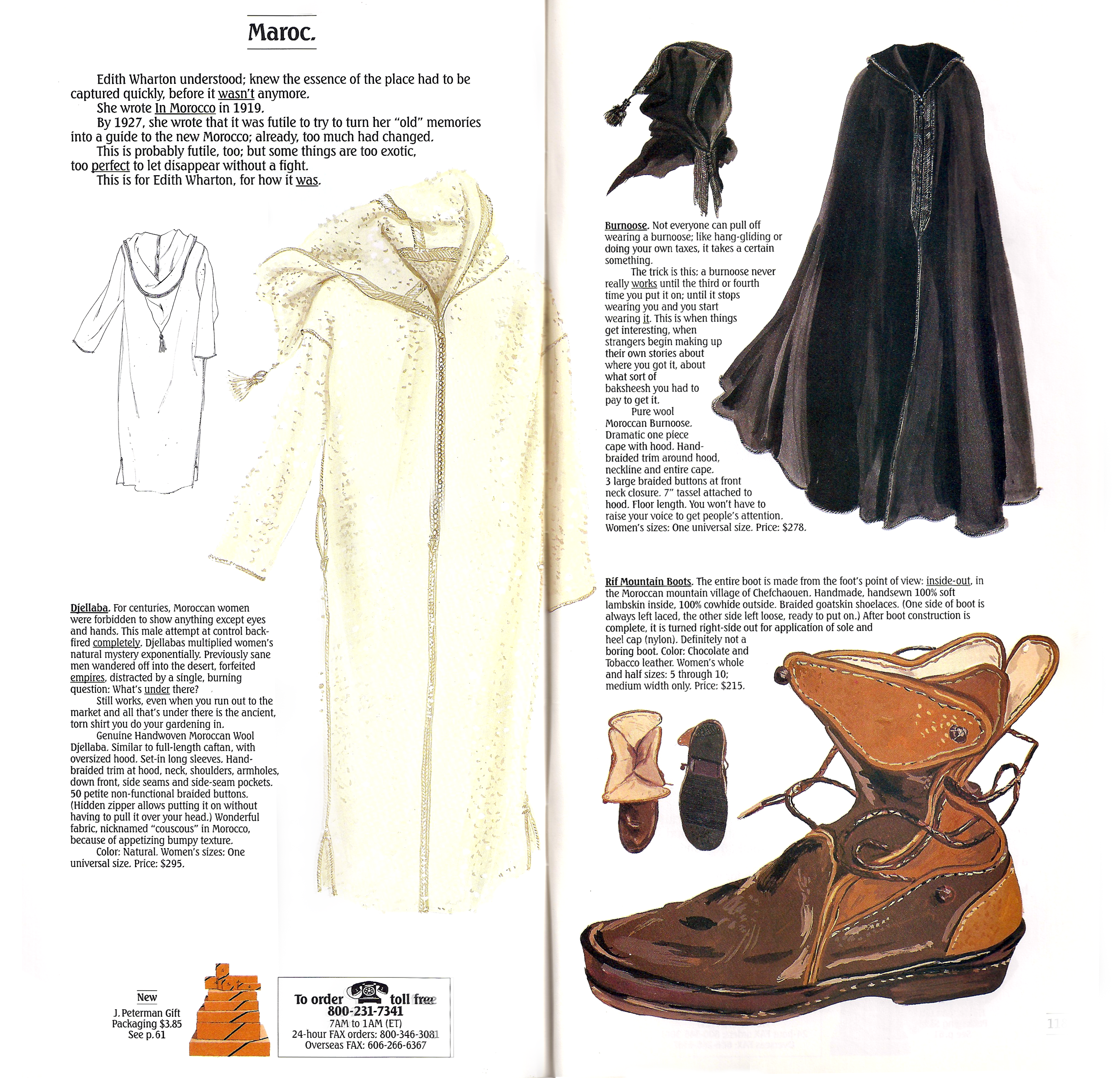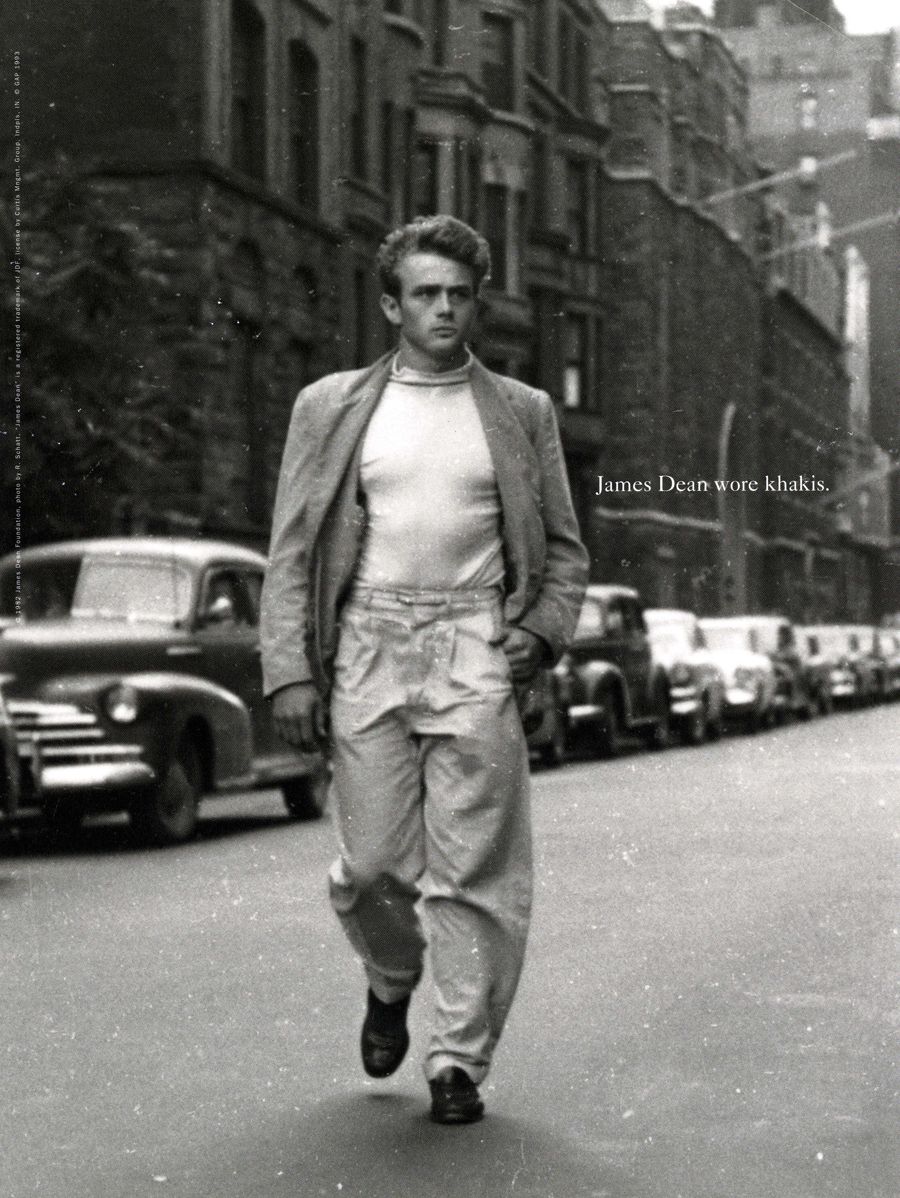Emotionally resonant stories that allow consumers to participate in the fantasy are what drive engagement because we value things we care about.
According to legend, dragons hoard gold as a matter of principle, even though they have no practical use for it. They cannot wear it or spend it, yet seem content to guard it to their death. Dragons therefore have always been emblematic of greed and avarice, as there is no redeeming benefit in their desire for treasure. The moral has always been that if we pursued treasure without meaning, we were no better than soulless dragons. But maybe the dragons knew something we did not. We never understood the true value of the gold.
In our legends, the dragon is nothing more than the obstacle for the hero to overcome, thereby achieving their objective, and never the point of the story. The real issue isn’t even the treasure, but the story of the journey and the lessons learned along the way. The dragon exists to illustrate the idea that for treasure to have value, it must be difficult to obtain. It’s the telling of the adventure that gives the story its emotional resonance, and the best stories tell universal tales about the human desire for fulfillment, happiness and realizing our potential. The hero wins because he is brave and resourceful, in the face of mortal danger, and so is rewarded.
We disregard the gold in the story, because it does not bring us joy.
The Joy Of Things
A little over a year ago, at the height of pre-COVID 2019, Marie Kondo, the Japanese guru of decluttering, and host of the surprising hit show Tidying Up, was busy teaching everyone in America to simplify their lives by simply cleaning house. The idea she explained, was to get rid of everything that did not bring us joy; to learn to live a life surrounded only by things we love, and discarding everything else. This would lead, according to her, to greater joy in all aspects of our life.
It wasn’t long before secondhand stores were inundated with cartons of people’s supposedly joyless merchandise. Fad or not, Kondo hit on something critical in our ever-evolving culture, and that is the importance of our emotional connection to our stuff.
Kondo wasn’t suggesting we get rid of things we didn’t use or need, or really anything that practical. She was suggesting a culling of our acquired flotsam and jetsam based on a much deeper understanding of value. That being, whether we had an emotional connection to it, or not. And it was that idea, that resonated with our deeply disturbed culture. Not just that we should simplify our lives, but that we should make decisions based on how deeply we felt about what remained in our lives.

The Value Of Everything
If the key to happiness can be found in lightening our load of things by discarding everything that doesn’t bring us joy, what then of those who experience an emotional connection to everything?
In his seminal work on hoarding, researcher Randy Frost, in his book Stuff: Compulsive Hoarding and the Meaning of Things, he and his co-researcher Gail Skeketee found that the common factor in hoarding, was that there was significance to each and every object, even if that connection was at first difficult to determine by an impartial observer. We tend to think about hoarding as a pathological disability affecting only those on the fringes of society, but it’s far more common than we think, and not restricted only to individuals.
Due to a bizarre accounting tradition, museums are largely excluded from the need to inventory their priceless assets. In a nutshell, most museums have hundreds of millions of dollars worth of artifacts that no one alive has ever laid eyes on, and exist merely to have, not to be shown. In fact, because there is no public accounting, they are not even sure what they have. The vast majority of any museum’s holdings exist only in storage, much of it in theory, with only a fraction of it ever being made available to the public.((https://gspp.berkeley.edu/assets/uploads/research/pdf/SSRN-id1262403.pdf))
The Andy Warhol museum, for instance, has hundreds of sealed crates that were carefully boxed up for archival purposes but contain, not only prints and other artwork from Warhol, but often worthless trinkets he collected, mostly from his weekly trips to a flea market in lower Manhattan.((https://gspp.berkeley.edu/assets/uploads/research/pdf/SSRN-id1262403.pdf))
In his treatise on magical thinking, The Golden Bough, the 19th century Scottish Philosopher James George Frazer determined two separate types of magical thinking, Imitative magic, which was magic that imitated the real thing, and Contagious magic, which existed because it had been in close contact with the object of desire.
The value of a great deal of the objects in the Andy Warhol archives stems from a belief in Contagious magic, that because Warhol had been in contact with these objects, had in fact found them to be of value himself, that they now have some intrinsic value. The value was transferred to these inanimate objects by their proximity to celebrity.((Stuff: Compulsive Hoarding and the Meaning of Things. HMH Books.))
In psychological studies, people have shown an acceptance that an object that was once owned by someone famous, has a value greater than whatever inherent value it would have on its own. By the sheer nature that Jerry Seinfeld once wore this shirt, gives it value it wouldn’t otherwise have, despite the irrational quality of the value. It is not diminished by our intellectual knowledge that the shirt has been laundered and has zero physical connection to the comedian. We might not even have any way of knowing for sure that the shirt in question was ever really in contact with him, but we have no reason to suspect it wasn’t either. What is the harm, we think. We believe the story because it makes us happy.((Stuff: Compulsive Hoarding and the Meaning of Things. HMH Books.))
The Logic Of Emotional Branding
Speaking of Jerry Seinfeld, The J. Peterman Company still exists to this day and suggests a romanticized ideal of retail, as an extensive adventure in storytelling and the dream-like quality of treasure. It’s not just a coat, it’s a magical portal to the person you would rather be. It’s never just a notebook, but a symbol of your ability to tell stories and change the path of your future, by examine your past. It’s not just a fedora, but a symbol of the life you would prefer to lead.

If we are to develop better tools for consumer engagement, we have to understand the power of dragon gold. We must ascertain what mystical treasure exists that can motivate would-be suburban warriors to cross moats of busy crosstown traffic and traverse mountains of scholastic athletic schedules. The common misconception, of course, is that the gold the dragon is guarding has any more actual intrinsic value to the hero than it does to the dragon. The value isn’t real after all, it’s perceived.
If you don’t have an emotional connection to a brand, you can’t expect to drive customer engagement, because there is no perceived value beyond whatever commodity you are pushing. Lots of people sell pants and shoes and watches and toys. Unless your commodity rises to the level of treasure, it is merely a thing to be tossed away. But treasure has emotional resonance, because it represents not just the thing, but a story about the journey.

A quality retail experience is about driving customer engagement, by offering consumers a journey to acquire treasure. It’s not simply about the treasure, it’s about the adventure and the romance of acquiring the treasure.
“It wasn’t the objects themselves that she valued, but the connections they symbolized,” wrote Frost concerning one hoarder. “And it’s the same whether we collect celebrities’ clothing, a piece of the Berlin Wall, a deck chair off the Titanic, or five tons of old newspapers. We can’t help but imagine that some essence of the person or the event symbolized by the objects will magically rub off and become part of us.“
In Ray Bradbury’s short story, “A Season Of Disbelief”, the main character, Mrs. Bentley gives away all her possessions, the final remnants of her life, erasing each memory as she goes. Without them, she is no one, with no past, and therefore, no identity. Her possessions were her value.
Accord to Frost, “possessions provide pleasure, opportunity, comfort, safety, and a sense of self and personal history that make up an identity.” Attaching meaning to things allows a more meaningful connection to life—an expanded identity.
Attaching Value Through Stories
In so much of today’s virtual world, where we are constantly tethered to the outside world through our devices and screens, it’s important that we continue to explore experiences, both real and imagined. If a multichannel approach to product distribution is the future of retail, the same must be true for promoting experiences through branding. We imagine actual experiences by engaging with symbolic ones first. Once we understand the narrative, we are free to set off on our own adventures. Merchandise, products and services provide the tools we need to achieve our goals. If we are going to fight the dragon and retrieve the gold, we will need supplies to aid us along our journey.
The tools are not the end game. They are merely helpful aids. Neither is dragon gold a physical reward, but a metaphysical one. We are seeking happiness and fulfillment. The mementos of our journey will hold emotional resonance as symbols of that journey.
Selling James Dean
In the early 90’s, The Gap launched an ad campaign that didn’t just sell khaki pants, they sold affordable, attainable cool. The goal wasn’t to sell pants. The goal was to be James Dean, and the pants were merely part of the fantasy. They sold a lot of pants. Without the story, without the dream, those pants of yours will hang there, lifeless, hoping the customer knows what to do with them, but they won’t care. You have to give consumers an entry point, a doorway in, that allows them to participate. Everyone is the hero of their own epic journey, and you are a side character at best. Your job is to help them along their journey.

Building A World Of Possibilities
Retail brands often make the mistake of believing their job is to be good buyers, and therefore forget the need to be effective sellers. So much of retail merchandising exists to showcase the product as if that’s the end all to be all. Look here, they seem to say. I’ve made these pants because I have the ability to follow trends, and the means to manufacture them for a reasonable price, that will therefore allow me to profit from their sale. Here they are.
But the truth is, it’s never about the product. It’s always about the dream. The solution to engaging consumers is to create a world for your products to live that the customer can enter. A place where imagination is possible and all the decisions haven’t already been made. A world of possibilities, not solutions. Retailers keep making the mistake of finding solutions to consumers’ problems, rather than offering possibilities and engaging the consumer to participate in their own adventure.
Engaging Consumers With Play
If you have effectively built a world of possibilities for your brand to live in, the next obvious move is to invite the customer to come play, and play is the operative word. No one wants another job, and we are not interested in an intellectual exercise in logic. We want the emotional thrill of play, which involves experimentation and imagination.
We make the mistake of believing that people are reluctant to change, but they’re not. They’re afraid of change because they fear it might be bad, but the value of fantasy and imagination is that it allows us to try on a new persona, walk around in it, and see how it feels in a safe and secure space. That’s all a dressing room is, with the store itself representing the range of options.
What most brands are missing is the ability to tell a meaningful story, one that allows the consumer to participate, to engage with the brand, and realize their own potential. It may sound either fantastical, ethereal, unrealistic, or too hard, but really it’s just a good, old-fashioned story.
A Return To Romance
Humans have been telling stories since the beginning of time. We told stories around the fire and painted them on the walls of our caves. We told stories to remember who we used to be, but also to help us understand what we could become. Stories were always about dreams, consequences and possibilities. Nothing more.
Unfortunately, we have gotten worse at telling stories of what could be, because we became so enamored with so-called reality, that we built our stories on what we perceived was already happening. Reality became the measure of quality. Was it an authentic portrayal of life, rather than a romanticized version of what he hoped it could be. We used to dream in this country. We used to immerse ourselves in the romance of the best we could imagine.
Creativity and innovation have always been about hope and optimism. You can sell a lot of product based on fear and worry, but no one aspires to live in that world. We need stories that allow us to dream of a better tomorrow, where we are an integral part of the adventure. That’s not pollyanna bullshit. It’s practical survival.
Branding Is Storytelling
Good branding is effective storytelling. If it doesn’t make an emotional connection that creates lasting value, it’s merely transactional and ephemeral. Good storytelling allows the listener to imagine themselves in the story. It invites them in and introduces them to people they like, and who they believe would like them. It’s about acceptance as much as aspirations for greater things. If you endeavor to be a brand of cool that no one can achieve, you will always be limited by the fractional audience that can achieve that level of exclusivity. That is fine for certain things, but it’s finite and small.
Good stories invite everyone to participate, wherever they are, because they are helping to write the story.
Everyone has a story, but very few among us are talented storytellers. It’s a gift after all. Find yourself a storyteller with the ability to create an opening for the world to enter, and then open yourself up to possibilities.
The gold that the dragon was hoarding was only dream. The magic is that it was never the dragon’s dream, but our own. Our goal, as the hero of our own epic tale, is to overcome the dragon, and realize our dreams. It’s all just a story, after all, but we can still sell a lot of pants along the way if we do it right.
David Todd McCarty is a Partner and Director of Branding at Panzano+Partners, a New Jersey-based branding firm that specializes in branding through data-based storytelling. From luxury retail and resorts, to multi-use developments and experiential destinations, Panzano creates a sense of place through strategic, data-driven marketing told with stories.
















I wrote freelance for the J. Peterman catalog in their Seinfeld-era heyday — in fact I wrote everything on the “Maroc” page you featured here.
The genius behind the catalog was the late Don Staley, who created its distinctive voice. I’m a B2B marketing consultant these days, but I still use every trick Don taught me. I wrote about that a bit here: [Link deleted]
That’s awesome. What an experience. I think the site deleted your link worried that it was spam. Email it to me of you can. David@panzanobrand.com